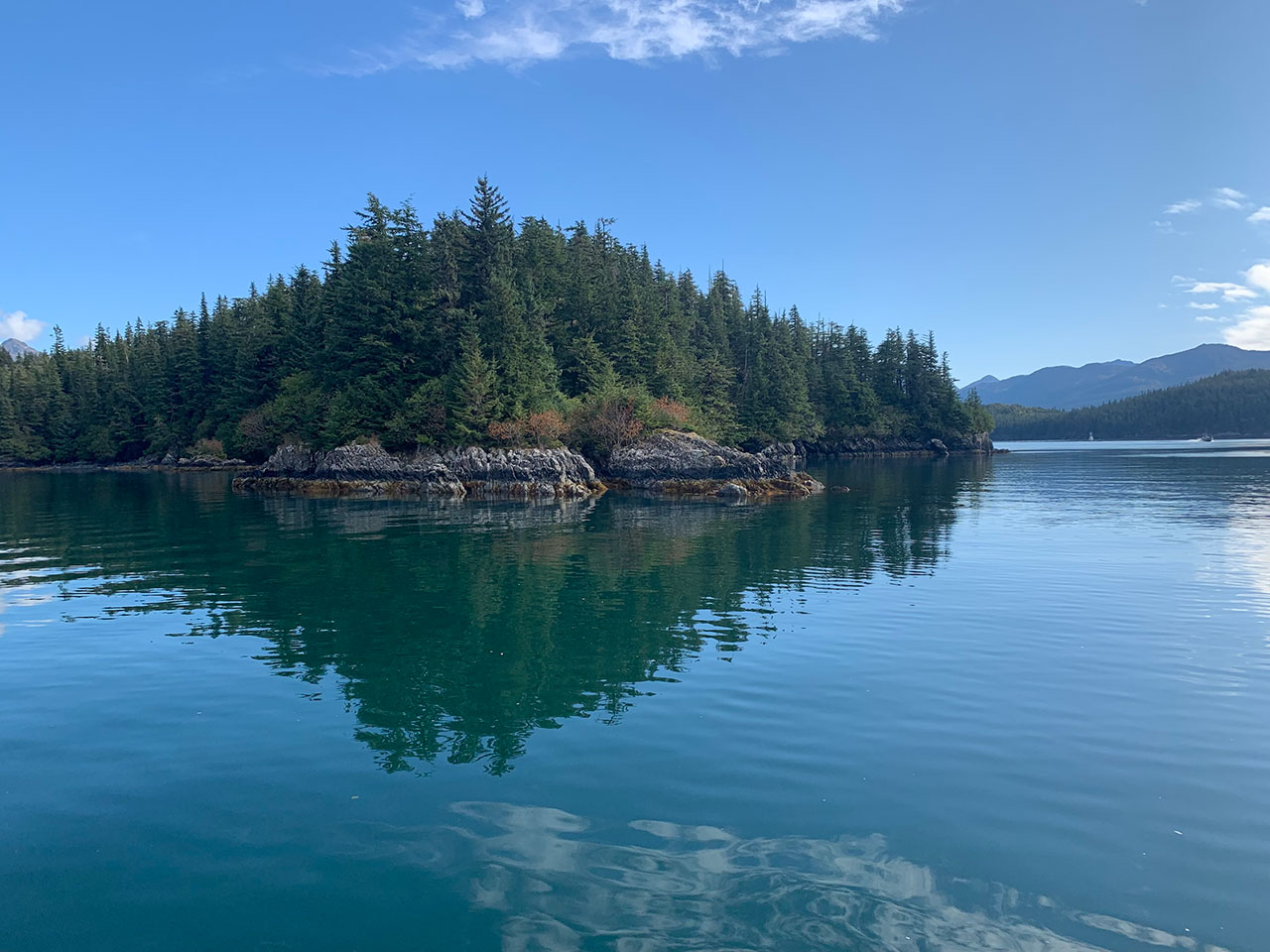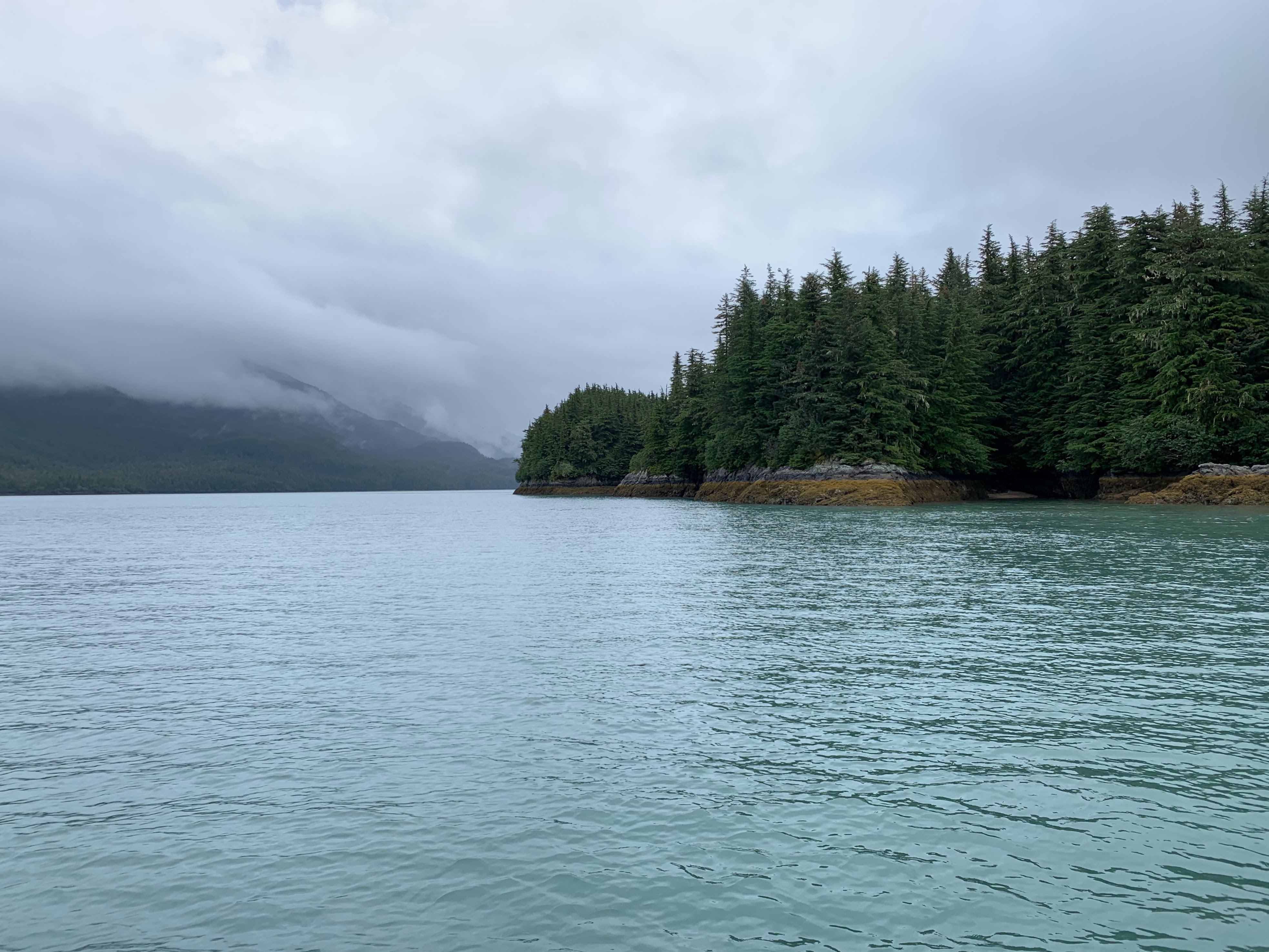Back to: Site Evaluation
And, of course, the most important step in the site evaluation process is to get out there and spend time on the water! Just journeying to your prospective farm sites will give you a sense of how far they are from your house or harbor and how much fuel you’d burn accessing your farm for routine maintenance and monitoring. If possible, try to visit in different seasons, times of day, and stages of the tide. Notice how the water looks and feels in both good and bad weather. Is your site in sun or shadow for most of the day? Is it sheltered or exposed to common winter winds? The more information you can gather at this point, the better.

While you’re out exploring in the field, it’s also a good idea to verify some of the information you found recorded elsewhere. Check to see if the charted depths of your site are the same as what you’re reading on your depth sounder. When you cut the engine on your boat, do you move swiftly or stand still? Can you tell if there is a lot of water turnover or whether flow is rather stagnant? Is there kelp growing nearby? Obviously all of these observations should be placed in the context of the particular stage of tide and weather conditions, but jot down your observations to reference later on.
In addition to your observations, a few quick water quality measurements can help you determine whether you’re in the right ballpark for growing kelp. Recording the sea surface temperature, water clarity depth, and salinity will give you some objective data to compare later on and include in your lease and permit applications. Keep in mind, though, that the ocean is dynamic and the conditions you observed will likely change over time with the seasons, tide cycle, runoff, etc. But, even one or two quick measurements can sometimes help you rule out a site early on.

By the time you’ve finished compiling and comparing all of these different factors, you’ll not only have a much better understanding of the marine environment in your local area, but hopefully also a much better sense of what you’re looking for in a farm site. Remember, site evaluation is an iterative process. Don’t get discouraged if something you discover along the way causes you to scratch your original plans and start searching anew. Eventually, if all goes well, you’ll narrow in on the location you want and be ready to move forward with farm design.